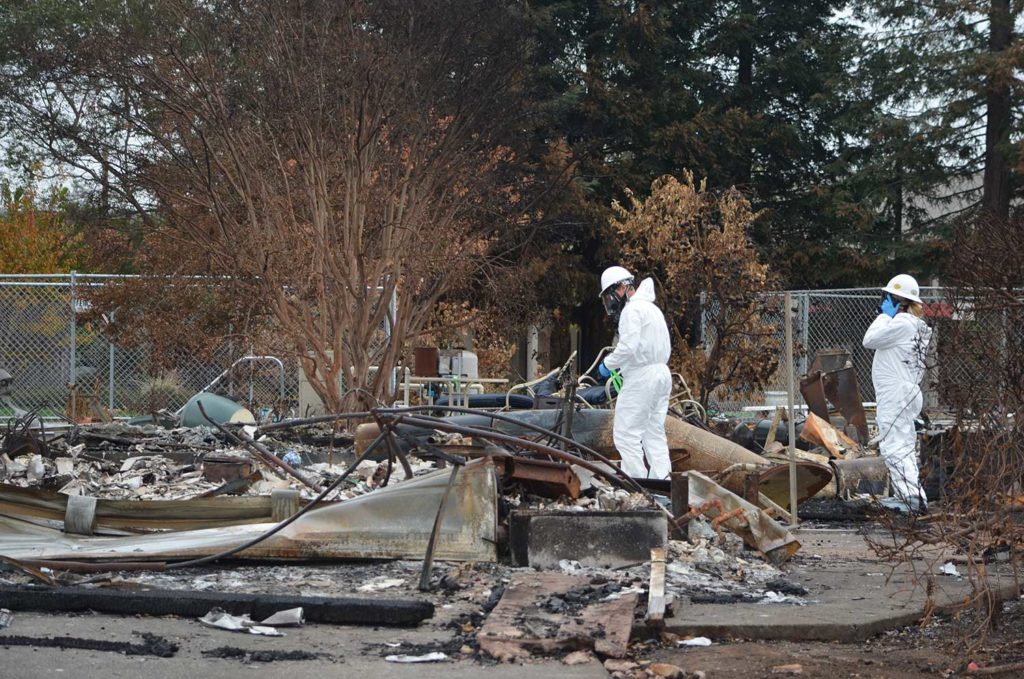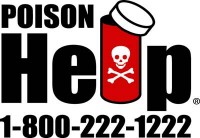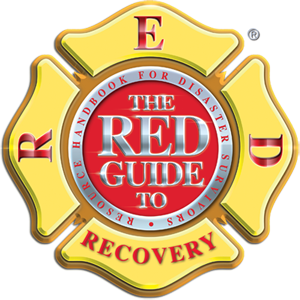 Health Effects of Ozone in the General Population
Health Effects of Ozone in the General Population
From the EPA, learn more about Ozone Pollution and your health., and people with asthma.
Marshall Fire (Colorado) Webinar – Community Questions Answered
Is it safe to return to home after a fire? Sean Scott answers questions from community members concerned with health and safety after a fire.
Dangerous Household Chemicals
Common household products can be health hazards when not used or stored properly. Read this list of some of the most dangerous household chemicals, including the ingredients to watch for and the nature of the risk.
Dangers of Mixing Bleach with Cleaners
The Washington State Department of Health describes which household products can create hazards in your household when mixed or used improperly. You can find details about Chlorine properties from The Chlorine Institute.
Health Warning about Chlorine Gas
Although bleaching agents are often used in clean up efforts, especially for mold problems, the combination of bleach with other cleaning products can be very dangerous. The CDC provides tips on what do to if you encounter Chlorine Gas.
Poison Help
When accidents happen with chemicals, medicine, or household items, contact Poison Help to get help right away from a local poison expert. Call at 1-800-222-1222, or visit their website for poison info, resources, and prevention tips.
Pet Poison Helpline
This site and support helpline is designed specifically to help with accidental animal poisoning. This helpline is available 24/7 at 1-800-213-6680.
Poisonous Plants
Provided by the U.S. Department of Labor, what to look for when working around poisonous plants, sign and symptoms of exposure, and treatments.
Wild Mushroom Safety
The Cascade Mycological Society provides important information about foraging safety and wild mushroom collecting. Mushrooms often appear after a flood and can pose a serious health risk when poisonous.
Video: After the Storm: Portable Generator Safety
Find out proper use of your generator can save lives.
Power Outage Safety
This information from the Ready.gov website offers information on food, water, and heat/cold safety tips during a power outage.
Volcanic Ash Preparedness
From the State of Alaska, this website provides tips on avoiding the health hazard of volcanic ash.
Wildfire Smoke: A Guide for Public Health Officials
Provided by the California Department of Public Health, this 76-page brochure describes the health hazards associated with wildfire smoke as well as information about smoke composition, characteristics, and strategies to reduce exposure.
Turn Around Don’t Drown (TADD)
The National Weather Service campaign called Turn Around Don’t Drown helps to warn people of the hazards of walking or driving a vehicle through flood waters. Watch their informative video about car safety in a flood area.
Video: Turn Around Don’t Drown (TADD)
A Consumer Guide to Asbestos (PDF)
An information 32-page booklet on asbestos provided by the Contractors State License Board at www.cslb.ca.gov.
A Brief Guide to Mold, Moisture, and Your Home
This guide provided by the EPA at www.epa.gov/mold provides information about moisture and mold prevention, including control and cleanup tips. Also available as a downloadable PDF.
Mold Resources
Information regarding mold by the EPA including “Ten Things You Should Know About Mold”.
Mold Remediation
This information from www.osha.gov describes key engineering controls and work practices recommended by the U.S. Department of Labor for mold remediation work conducted by response and recovery workers.
Preventing Mold-Related Problems in the Indoor Workplace
A basic guide (36 pages) for building owners and occupants about managing indoor air quality, mold issues, and building related illnesses provided by the Occupational Safety and Health Administration (OSHA) department of the U.S. Department of Labor.
Protect Your Family from Lead in Your Home
Available in multiple languages, learn about lead, where it is found, health effects and how to lower your chance of exposure.
